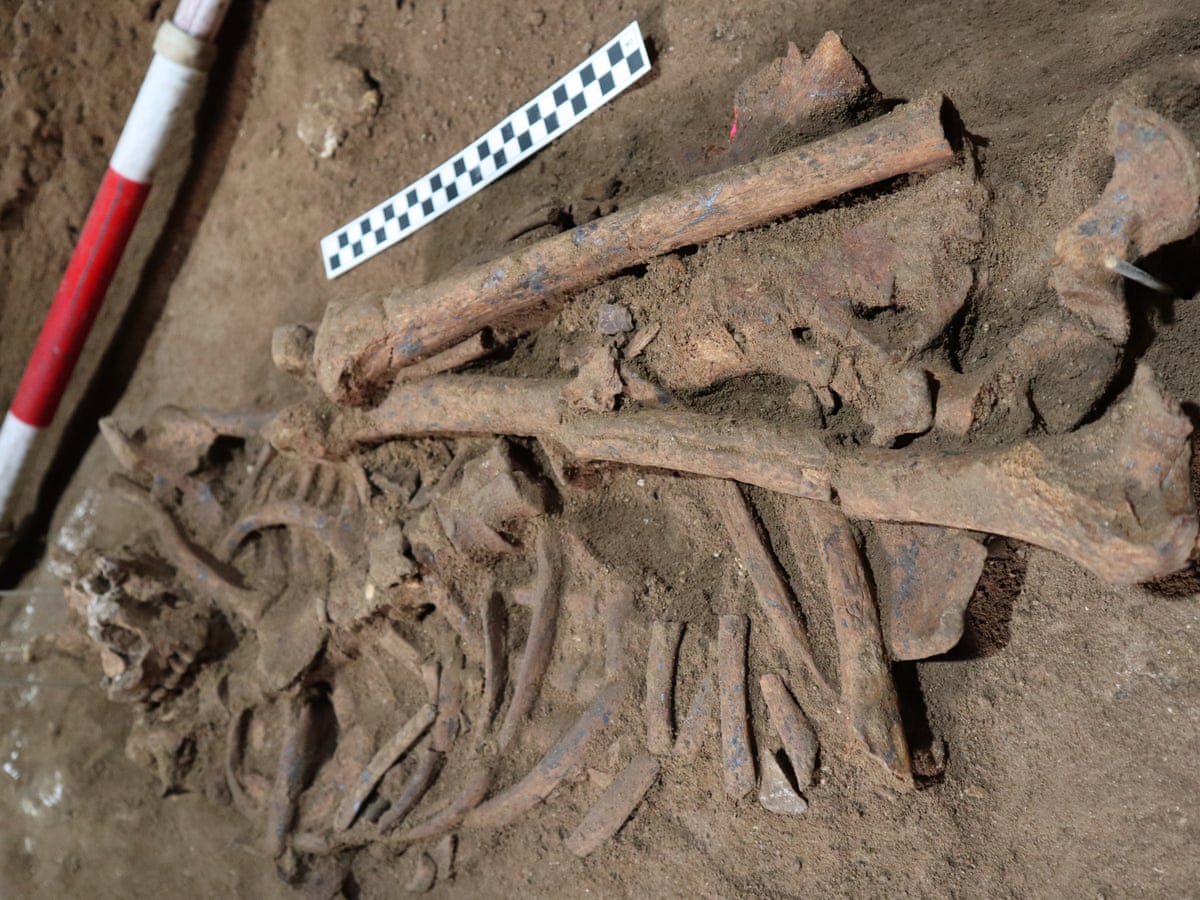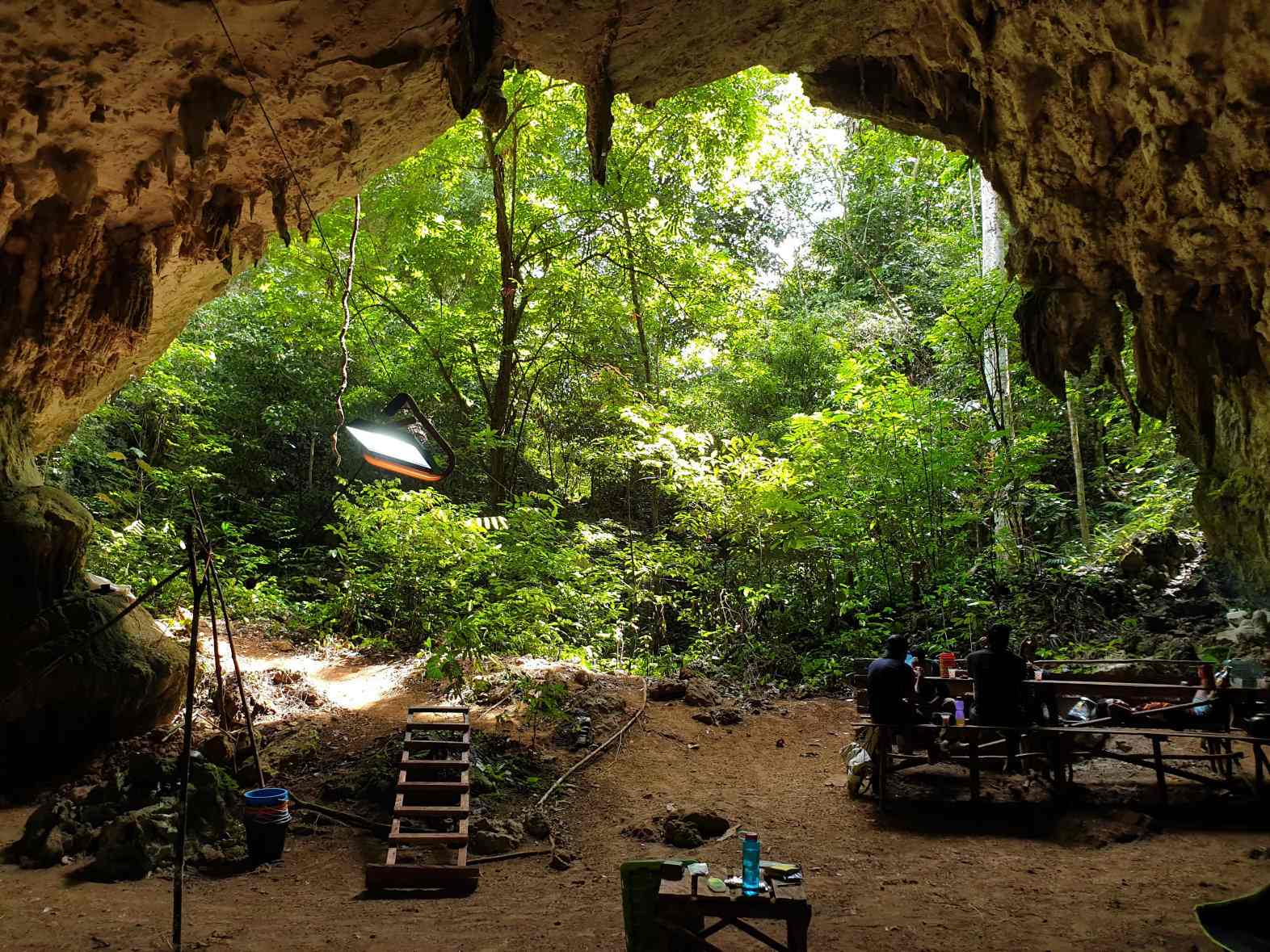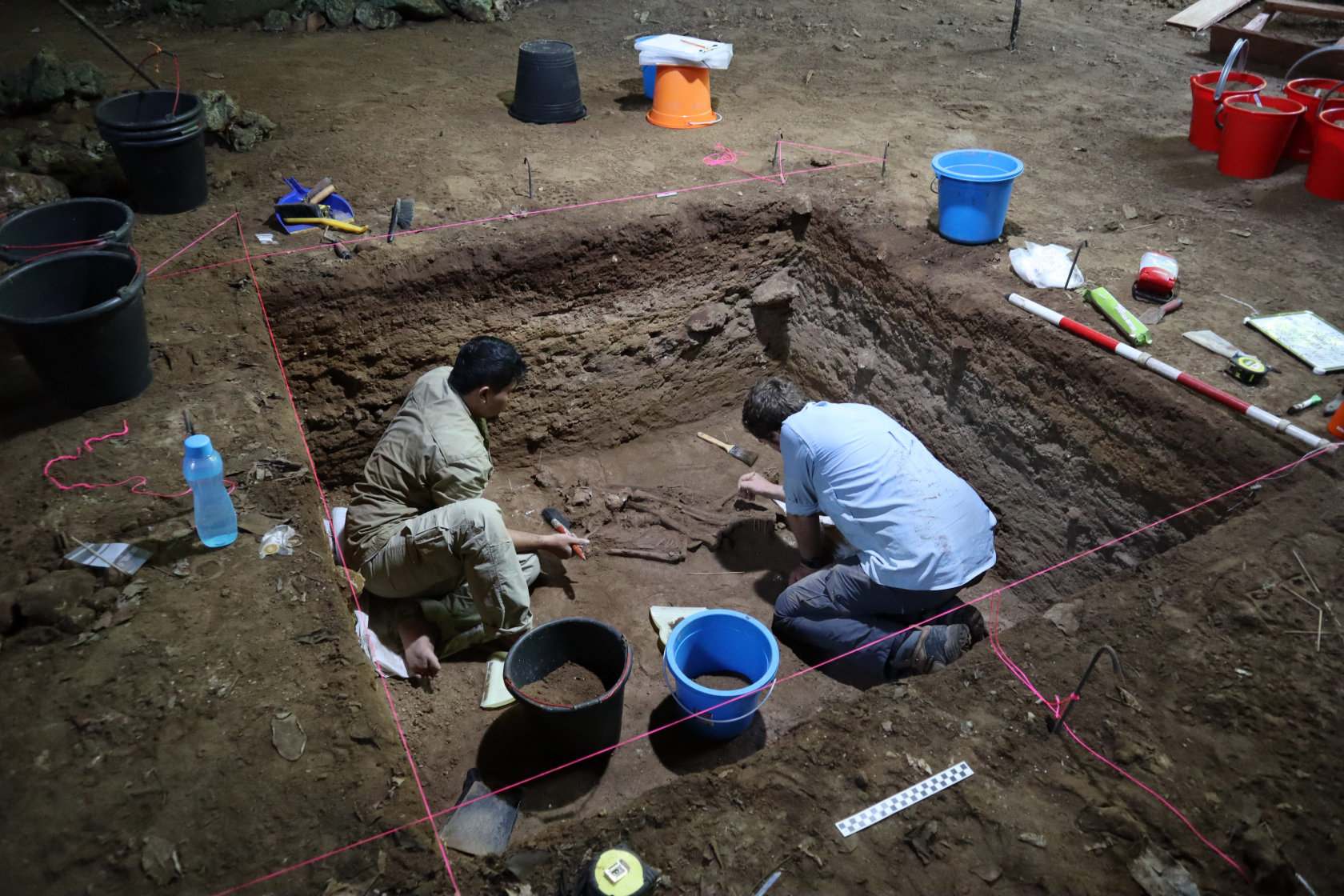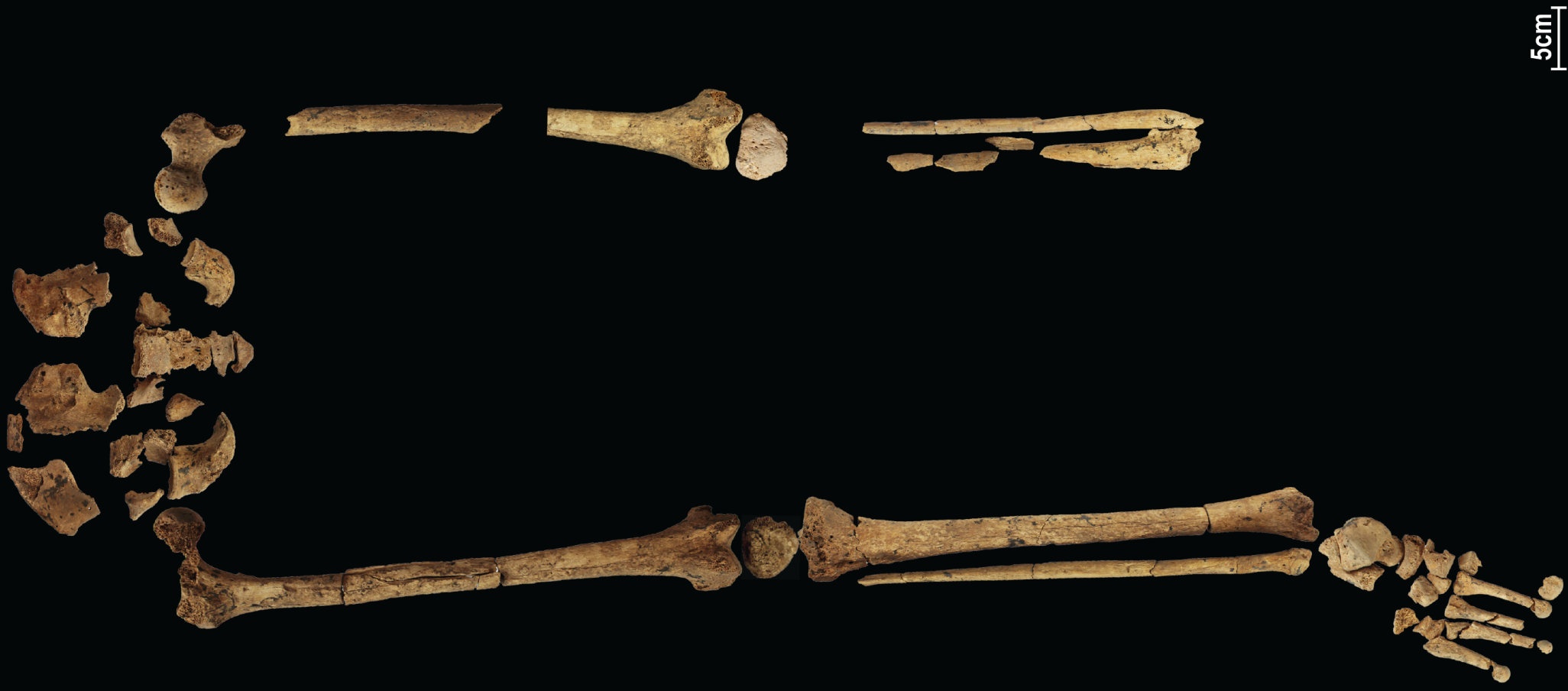According to historians and archaeologists, prehistoric humans were simple, savage creatures with little or no knowledge of science or medicine. It was widely believed that only with the rise of the Greek city-states and Roman Empire did human culture advance enough to involve itself with things like biology, anatomy, botany, and chemistry.
Fortunately for prehistory, recent discoveries are proving this long-held belief about the “Stone Age” to be false. Evidence is emerging from all over the world that suggests sophisticated understandings of anatomy, physiology, and even surgery existed much earlier than previously thought.
According to an archaeological team from Australia and Indonesia, a remote Indonesian cave yielded the earliest known evidence of surgery in a 31,000-year-old skeleton missing its lower left leg, rethinking human history. The scientists reported the findings in the journal Nature.

An expedition team consisting of Australians and Indonesians discovered the remains of a new species of human in East Kalimantan, Borneo, while excavating a lime cave in 2020 in search of ancient rock art.
The finding turned out to be evidence of the earliest known surgical amputation, pre-dating other discoveries of complex medical procedures across Eurasia by tens of thousands of years.
Scientists estimated the remains to be about 31,000 years old by measuring the ages of a tooth and burial sediment using radioisotope dating.
Surgically amputating the leg several years before burial led to bony growths on the lower left leg, as revealed by palaeopathological analysis.
Archaeologist Dr Tim Maloney, a research fellow at Australia’s Griffith University who supervised the excavation, described the discovery as a “dream come true”.

An archaeological team including scientists from the Indonesian Institution for Archaeology and Conservation was examining ancient cultural deposits when they discovered a burial site through stone markers in the ground.
They discovered the remains of a young hunter-gatherer with a healed stump where his lower left leg and foot had been severed after 11 days of excavation.
The clean stump indicated that the healing was due to amputation rather than an accident or attack by an animal, Maloney said.
According to Maloney, the hunter survived in the rainforest as both a child and an adult amputee, and not only was this a remarkable feat, but it was also medically significant. His stump, she said, showed no sign of infection or of unusual crushing.

Prior to this discovery, Maloney said that about 10,000 years ago, amputation was believed to have been an inevitable death sentence, until surgical procedures improved as a result of large settled agricultural societies.
An ancient skeleton discovered in France dating back 7,000 years is the oldest surviving evidence of a successful amputation. His left arm was missing from the elbow down.

Maloney said that prior to this discovery, the history of medical intervention and human knowledge were very different. It implies that early people had mastered complex surgical procedures allowing this person to survive after the removal of a foot and leg.
The stone age surgeon must have had detailed knowledge of anatomy, including veins, vessels and nerves, to avoid causing fatal blood loss and infection. The successful operation suggested some form of intensive care, including regular disinfection post-operation.
To say, this incredible discovery is a fascinating glimpse into the past and gives us a new perspective on the capabilities of early humans.
Emeritus Prof Matthew Spriggs of the Australian National University School of Archaeology and Anthropology, who was not involved in the study, said the discovery was “an important rewrite of our species history” that “underlines yet again that our ancestors were as smart as we are, with or without the technologies we take for granted today”.
Spriggs said it should not be surprising that stone age people could have developed an understanding of the internal workings of mammals through hunting, and had treatments for infection and injury.
Today, we can see that this prehistoric Indonesian cave man had undergone some kind of complex surgery nearly 31,000 years ago. But we can’t believe it. This was proof that early humans had knowledge of anatomy and medicine that was far beyond what we thought possible. However, the question still remained: how did they acquire such knowledge?
It’s still a mystery to this day. Maybe we’ll never know how those prehistoric stone age people acquired their sophisticated knowledge. But one thing is for sure, this discovery has rewrite history as we know it.



